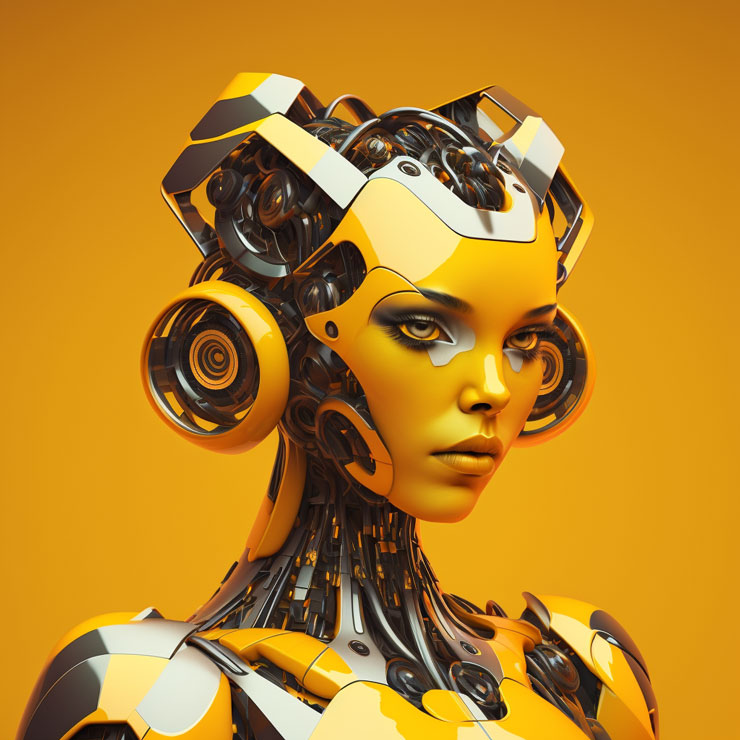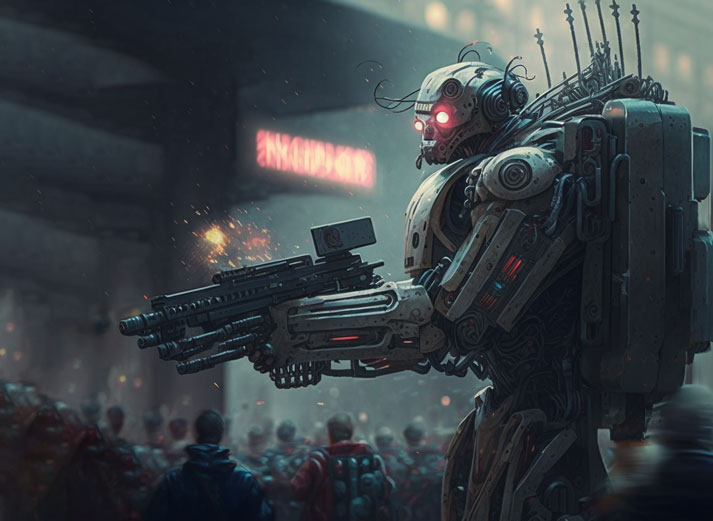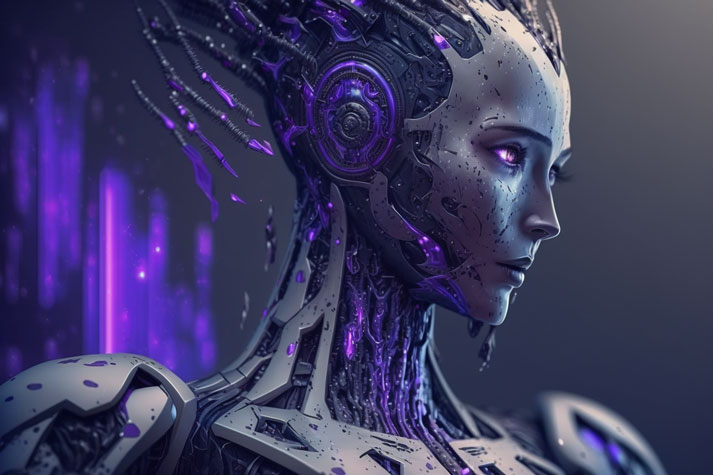
What are AI’s risks?
Almost every industry is being disrupted and revolutionized by artificial intelligence. Technological advancements have the ability to significantly improve many aspects of our lives. However, this doesn’t come without risks.
We should undoubtedly pay attention as numerous professionals have expressed their concerns about the potential dangers of AI. The risks associated with artificial intelligence can range from minor risks (such as job loss) to catastrophic existential risks as AI becomes more intelligent every day.
However, many argue that these are overly pessimistic viewpoints and that AI does not pose an immediate threat.
So, whether alarmist or not, are the concerns related to artificial intelligence well-founded? This article discusses the main dangers associated with artificial intelligence.
1. Malicious software
AI is getting better and better at circumventing encryption and security measures. Malicious software “evolves” through machine learning algorithms. By trial and error, malware can discover what works well and evolve over time to become even more formidable.
The most recent intelligent technologies (such as autonomous cars) have been identified as high-risk targets for this form of attack, with the potential for malicious actors to cause car accidents or traffic jams. Our daily lives are increasingly at risk of being disrupted as we rely more and more on connected smart devices.
The only effective defense against this threat is AI anti-malware that outperforms malicious AI in protecting people and businesses.
2. Political security, Fake News, and Deepfakes
Facial reconstruction software, also known as “deepfakes,” is getting closer and closer to reality.
Deepfakes already pose a threat to global leaders and celebrities, and it won’t be long before the danger extends to ordinary people. For example, scammers are already using “deepfake” photos and videos to extort victims.
Other dangers also exist. AI is capable of modifying and recreating images, writing texts, reproducing voices, and automatically generating highly targeted ads. Some of the effects of these risks on society have already been observed.
3. Job disruption and automation
Automation has been taking place for decades, and it is accelerating today in all areas, from mass production factories to self-service checkout lines, to self-driving cars.
The problem is that AI systems are more efficient than humans for many tasks. Compared to humans, they are less expensive, more effective, and more accurate. For example, AI is now better than human experts at identifying art forgeries and is currently improving its ability to make medical diagnoses.
Another problem stemming from the first is that many people who have lost their jobs due to automation are not qualified for the new positions available in the AI sector because they lack the necessary training or experience.
As AI systems progress, they will become significantly more competent than humans in performing certain tasks. An increase in social inequalities and perhaps an economic disaster could result from the employment disruption caused by the explosion of AI usage.
4. Privacy and security
A report on artificial intelligence and UK national security was commissioned by the British government in 2020. This report highlights the importance of AI in the country’s cybersecurity defenses to detect and neutralize threats. In this sector where speed is key, AI is much faster than humans.
The problem is that AI-based preventive measures are expected to increase as AI-fueled security issues grow. We run the risk of engaging in an endless race and competition against the “bad guys.”
The question then arises of how to create AI systems capable of protecting themselves. We need to ensure that AI is protected against malicious actors if we are using AI algorithms to defend against various security threats.
Large companies and governments are already being criticized for the erosion of our privacy in this area. Given the amount of personal data available online, AI algorithms can already quickly develop user profiles that enable incredibly accurate ad targeting.
Facial recognition technology is also highly advanced. Real-time individual profiling is possible thanks to cameras. The danger is that this technology could be made available to tyrannical governments as well as malicious individuals or groups.
5. AI in Weaponry
Weapons controlled by artificial intelligence (AI) rather than humans currently exist and have for some time. Hundreds of information technology professionals have called on the United Nations to find a solution to protect the population from the dangers posed by autonomous weapons.
The world’s armies already have military drones and other weapon systems controlled entirely or partially by AI. A drone can track an individual using facial recognition software.
What will happen when we start giving AI systems the autonomy to decide on a person’s life or death?
In addition to this, consumer technologies (such as drones) can be modified to perform a range of functions autonomously. If misused, this type of capability could have a daily impact on a person’s security.
How to prevent the risks associated with AI
Numerous advancements are being made as artificial intelligence becomes more sophisticated and efficient. Unfortunately, there is always a risk of abuse of this cutting-edge technology. These dangers impact almost every aspect of our daily lives, including job automation, political security, and privacy protection.
The first step in the risk reduction process is choosing the areas in which we want AI to be used and those in which it should be restricted. To prevent the misuse of AI systems, we must intensify research and debate on these systems and their applications.
In conclusion, the rapid advancement of AI brings both opportunities and risks. By being proactive in addressing potential dangers, regulating its use, and fostering research and debate, we can harness AI’s potential while minimizing its adverse effects on society.















